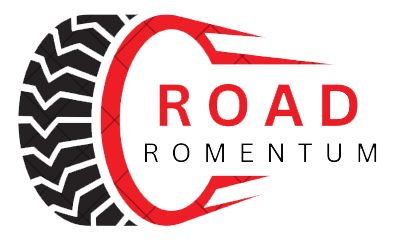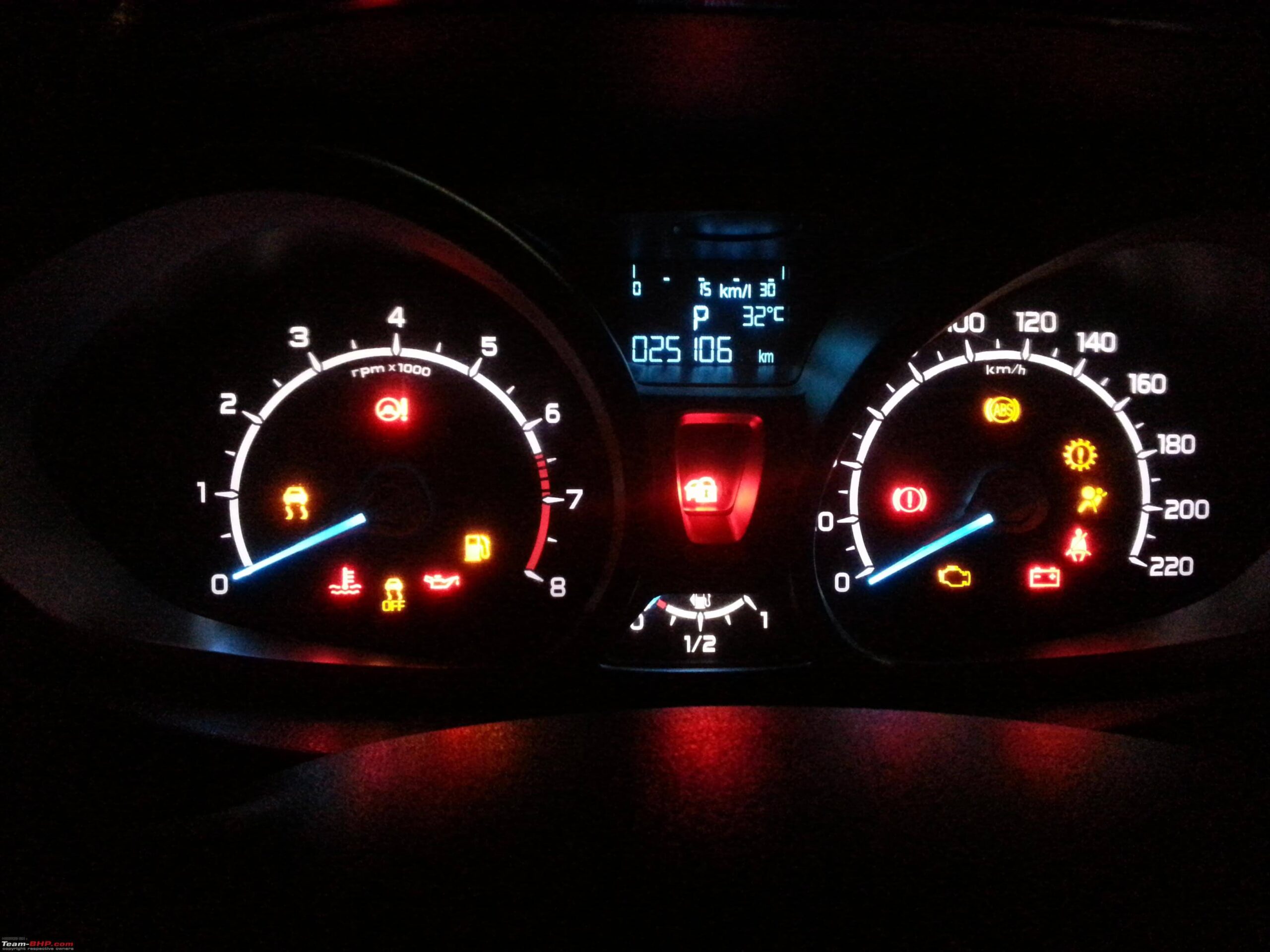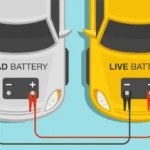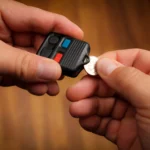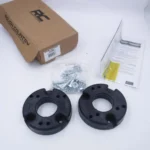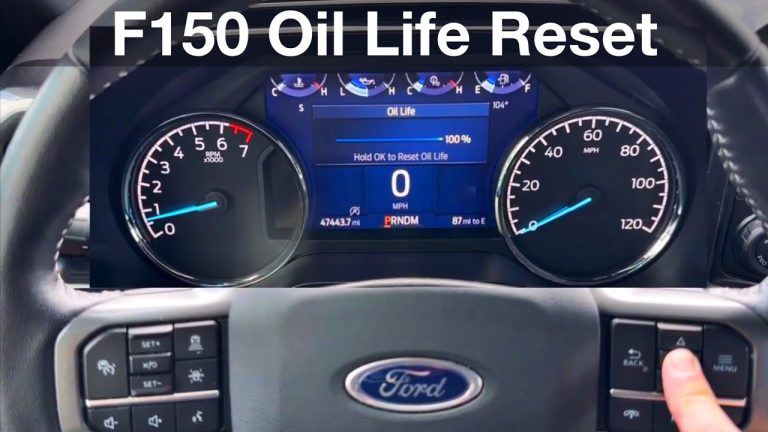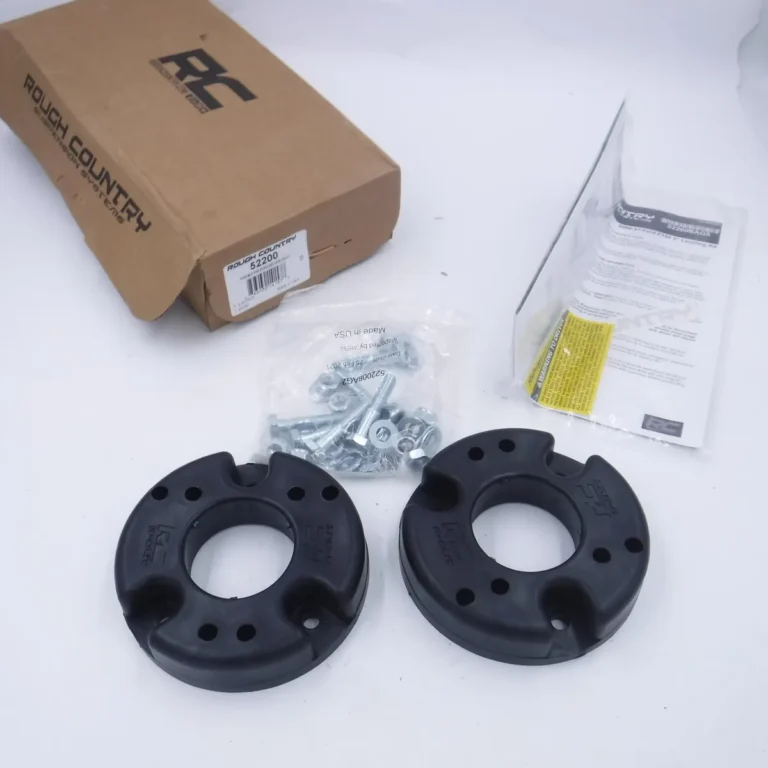how to clear abs light on Ford
To clear the ABS light on your Ford, use an OBD-II scanner. Connect it to the OBD-II port, read the ABS codes, address common issues like low brake fluid or sensor problems, and clear the codes through the scanner. Regular maintenance is key to preventing future ABS issues and ensuring a safe driving experience.
Before delving into the intricacies of clearing the ABS light, let’s briefly grasp the significance of the Anti-lock Braking System itself. The ABS is a sophisticated safety feature designed to prevent wheel lock-up during braking, thereby enhancing vehicle control and reducing the risk of skidding. The ABS light, nestled among the array of dashboard indicators, is your vehicle’s way of alerting you to potential issues within this crucial system.
When the ABS light flickers to life, it’s a signal that the system has detected a fault or anomaly. Ignoring this warning can have repercussions not only on your vehicle’s braking performance but also on overall road safety. Addressing ABS issues promptly is not just advisable; it’s imperative.
In this guide, we’ll take you through a comprehensive step-by-step process, empowering you to address how to clear ABS light on Ford confidently and effectively.
Understanding the ABS Light
The ABS light is often a source of confusion for many drivers, as it shares dashboard space with various other warning lights. Distinguishing it from the others is the first step in unraveling the mystery. The ABS light typically features the letters “ABS” surrounded by a circle, making it distinct from lights related to the engine, oil pressure, or battery.
When the ABS light activates, it signifies that the system has entered a self-diagnostic mode and found something amiss. This could range from a simple issue like a loose sensor connection to more complex problems with the ABS module or the brake system itself.
If left unattended, ABS issues can compromise your vehicle’s ability to handle sudden stops, especially on slippery or uneven surfaces. Therefore, understanding and addressing the ABS light promptly is crucial for both your safety and the longevity of your Ford vehicle.
Diagnostic Tools and Equipment

Arming yourself with the right tools is fundamental to successfully addressing ABS issues. In the realm of automotive diagnostics, the OBD-II (On-Board Diagnostics) scanner reigns supreme. Specifically designed to communicate with your vehicle’s onboard computer system, an OBD-II scanner is essential for retrieving trouble codes and diagnosing issues accurately.
Ensure that the OBD-II scanner you choose is compatible with Ford vehicles. If you don’t own one, borrowing or purchasing an affordable model can save you both time and money in the long run. The OBD-II scanner is not just a diagnostic tool; it’s your key to unlocking the mysteries behind the ABS light.
Step-by-Step Guide of How to Clear ABS Light on Ford
Preparatory Steps
Before diving into the diagnostic process, take a moment to ensure your safety and the stability of your vehicle. Park in a secure location, turn off the ignition, and engage the parking brake. These preliminary steps create a safe environment for both you and your vehicle.
Locate the OBD-II port, which is typically found beneath the dashboard near the driver’s seat. Once identified, you’re ready to connect the OBD-II scanner and embark on the journey of deciphering the ABS light.
Connecting the OBD-II Scanner
With the preparatory steps completed, it’s time to connect the OBD-II scanner to your Ford. Plug the scanner into the OBD-II port and power it on. The scanner will establish a connection with your vehicle’s computer system, initiating the process of retrieving valuable information.
Ensure that the scanner is specifically set up to communicate with Ford vehicles. Once the connection is established, you’re ready to navigate the scanner’s menu and access the ABS module.
Reading ABS Codes
Within the OBD-II scanner menu, locate the option to read ABS codes. This step allows you to access the trouble codes stored in the ABS module, shedding light on the specific issue triggering the ABS light.
Interpreting these codes may require referencing the scanner’s user manual or seeking guidance online. Note down the trouble codes for future reference, as they will serve as your roadmap in addressing the underlying issues.
Addressing Common ABS Issues
Armed with the trouble codes, you can now delve into the common culprits behind ABS light activation. Start by checking the brake fluid level. Low brake fluid can trigger the ABS light, and simply topping it off might resolve the issue.
Next, inspect the ABS sensors and their wiring. These sensors are crucial in relaying information about wheel speed to the ABS module. A loose or damaged connection can disrupt this communication, leading to ABS malfunctions.
Simultaneously, assess the condition of your brake pads and rotors. Worn-out brake components can impede the proper functioning of the ABS. If any issues are detected during these inspections, address them promptly to restore your braking system to optimal condition.
Clearing ABS Codes
With the underlying issues addressed, it’s time to clear the ABS trouble codes from the system. Navigate back to the ABS menu on your OBD-II scanner and choose the option to clear codes. Confirm the action, and the scanner will communicate with the ABS module, erasing the recorded trouble codes.
After code clearance, turn off the ignition and restart your vehicle. Take it for a brief drive to ensure that the ABS light remains off. If the issue persists, it may indicate a more complex problem that requires professional attention.

Prevention and Maintenance Tips
While successfully clearing the ABS light is a victory, proactive maintenance is the key to preventing future issues. Regularly inspect your vehicle’s braking system, including brake fluid levels, ABS sensors, and brake components. Following the manufacturer’s recommended maintenance schedule for your Ford vehicle can significantly reduce the likelihood of ABS-related issues.
Promptly addressing any warning lights on your dashboard, including the ABS light, is crucial for the overall health of your vehicle. Don’t wait for a minor issue to escalate into a major problem. Your commitment to regular maintenance can extend the lifespan of your vehicle and contribute to a safer driving experience.
When to Seek Professional Help
While the steps outlined in this guide are designed to empower you to address common ABS issues, there are instances where professional intervention is necessary. If you encounter challenges during the diagnostic process or if the ABS light persists despite your efforts, it’s time to consult a qualified mechanic.
Complex issues within the ABS system, such as a malfunctioning ABS module or a more intricate electrical problem, may require specialized knowledge and equipment to diagnose and repair. Attempting advanced repairs without the necessary expertise can lead to further complications and compromise your safety on the road.
Conclusion
In the intricate dance of automotive systems, the ABS plays a pivotal role in ensuring your safety during braking. The ABS light, though initially perplexing, is a valuable communication tool from your vehicle, urging you to address potential issues promptly.
By following this step-by-step guide, you’ve equipped yourself with the knowledge and tools to decipher ABS trouble codes, address common issues, and clear the ABS light on your Ford. Remember, a proactive approach to maintenance and timely intervention can transform potential hazards into mere bumps in the road.
Faq:
How do you manually reset ABS light?
To manually reset the ABS light, start by turning off the vehicle. Disconnect the negative battery cable for about 10-15 minutes. Reconnect the cable and start the car. Drive it for a short distance to check if the ABS light resets.
How do I turn my ABS light off without a scanner?
Without a scanner, you can try resetting the ABS light by disconnecting the car’s battery for around 10-15 minutes. Reconnect the battery and test by driving a short distance. If the issue persists, a scanner may be needed for a more accurate diagnosis.
What does it mean when the ABS light comes on in a Ford?
The ABS light in a Ford indicates a potential issue with the Anti-lock Braking System. It could be triggered by factors such as low brake fluid, faulty ABS sensors, or issues with the braking system. Prompt diagnosis and resolution are crucial for maintaining optimal braking performance.
How do I get rid of ABS and traction control light?
Clearing the ABS and traction control lights involves identifying and addressing the underlying issues. Use an OBD-II scanner to retrieve trouble codes, address common problems like sensor issues or low brake fluid, and clear the codes through the scanner to turn off the ABS and traction control lights.
